Wondering why the leaves on your tomato plants might be shriveling, turning brown, or dying altogether in the summer? This is an issue that many gardeners face and one that often leaves even seasoned ones scratching their heads.
It never fails – You have been babying your tomato plants all spring and early summer and they are just now starting to produce loads of tomatoes. But before you know it, the leaves on the plants are starting to look frail and begin turning brown. What gives?
There are many different reasons why the leaves on your tomato plants might be dying. Some of the issues are minor and can easily be fixed with just a couple of deep waterings or a few feedings of fertilizers.
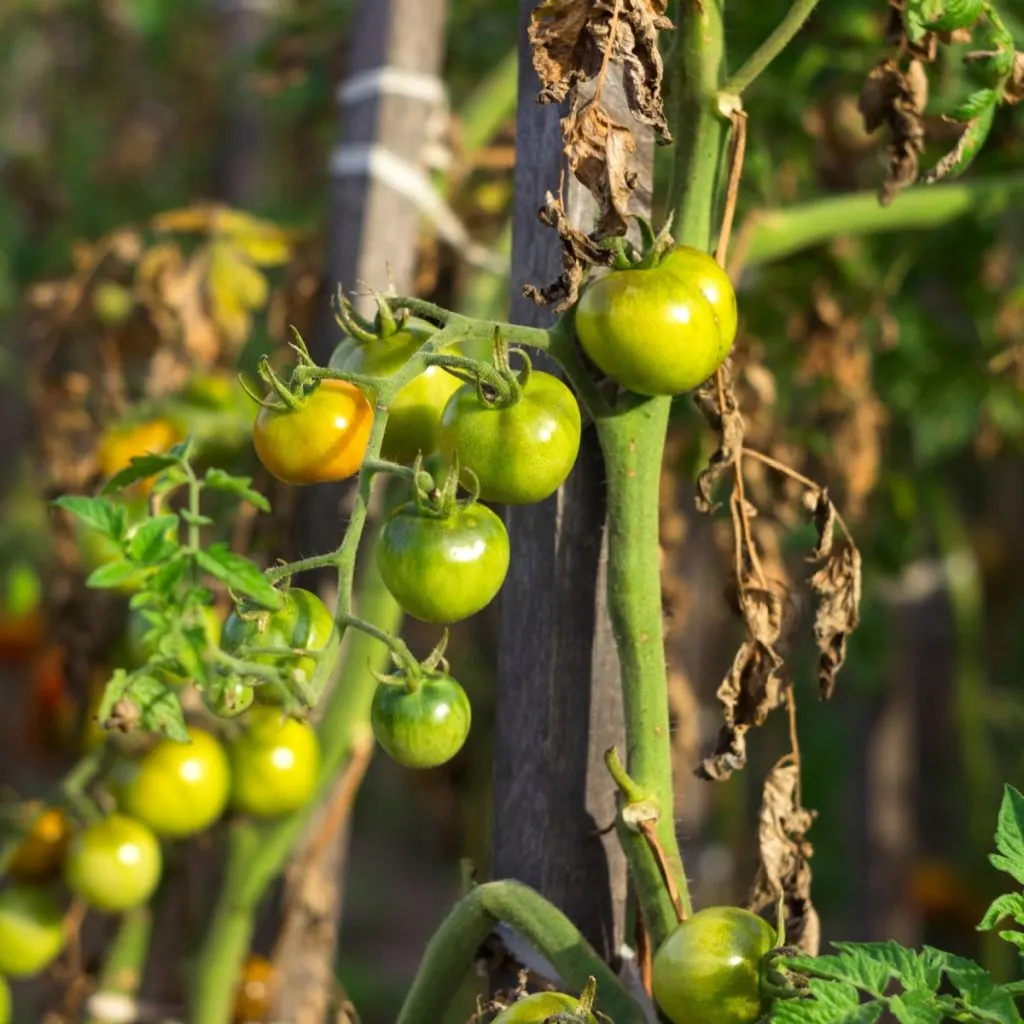
Sometimes the issue is mother nature running its course and the plant is just at the end of its time. In fact, not all tomato varieties are capable of lasting all summer long and up until the first frost.
Other reasons, unfortunately, can be more of a cause for concern. Not only can the plants of this growing season be at risk, but so can future crops as well. Which is exactly why it’s vital to take the time to figure out exactly what might be causing those tomato leaves to be dying in the first place!
5 Reasons Why Your Tomato Leaves Might Be Dying
Type Of Tomato Plant
All tomato varieties are split into two main categories: Indeterminate or Determinate. This is the same whether you are growing heirlooms, hybrids, or even those pesky volunteer plants that seem to sprout out of nowhere.
Indeterminate plants are those that continue to produce fruit up until the first frost. Healthy plants will set blooms and ripen tomatoes all throughout the entire summer months and late until fall if you are lucky.
Determinate plants, on the other hand, only set fruit during a three to four-week time span. After that period is over, the plants start to die.
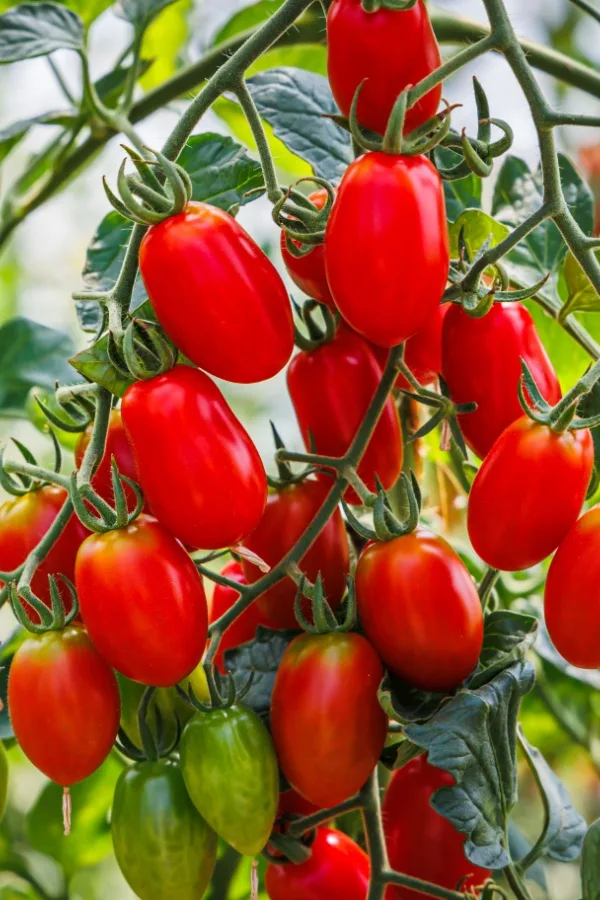
Determinate plants are perfect if your end goal is to process or can the tomatoes. Since all of the fruit is ripe right around the same timeframe, you can use these plants to make big batches of pasta sauce, salsa, tomato juice, or any other tomato product. (For a delicious recipe, see, Homemade Freezer Pasta Sauce – Made With Fresh Tomatoes)
However, if you aren’t sure whether your tomato is a determinate or indeterminate plant, it can be rather surprising to see a plant start to fade in the middle of summer. Thankfully, for determinate plants, the dying process is natural and nothing to be alarmed about.
But if your plant isn’t a determinate variety, then something else might be causing your tomato leaves to die so early in the summer months.
Late Season Blight
One of the most devastating issues that can cause your tomato plant’s leaves to start dying is late season blight. While blight can occur anytime during the growing season, it is often more common further along the growing season.
Tomato blight is a soil-borne disease that occurs when infected spores get on the foliage of plants. The spores can appear thanks to the wind, pests, or even just splashing up onto the lower leaves.
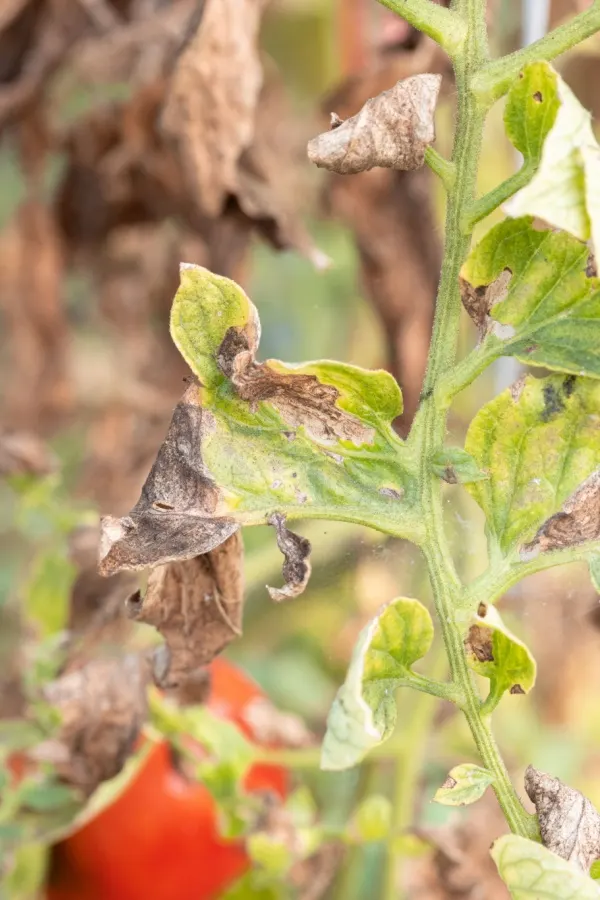
Unfortunately, there is no real way to stop tomato blight from ruining your plants. Once the leaves start browning, it doesn’t take long for it to spread to the fruit and even other nearby plants.
The best thing to do is to immediately remove any foliage that has started to turn brown. Do not add the plant material to your compost bin. Instead, burn or discard it far away from your garden space. In addition, be sure to practice crop rotation and grow next year’s tomato crop in another location.
Not Enough Moisture – Tomato Leaves Dying In Summer
Tomato plants are heavy drinkers and their beverage of choice is water. They require at least an inch to an inch and a half of natural rainfall or hand watering every week.
If plants don’t receive the correct amount of water, then they quickly start to suffer. This is especially an issue during periods of drought or long stretches of high heat.
As the roots start to dry out from a lack of moisture, the plants start to put a halt on setting blooms. The next thing to happen is the leaves start turning brown and dying.
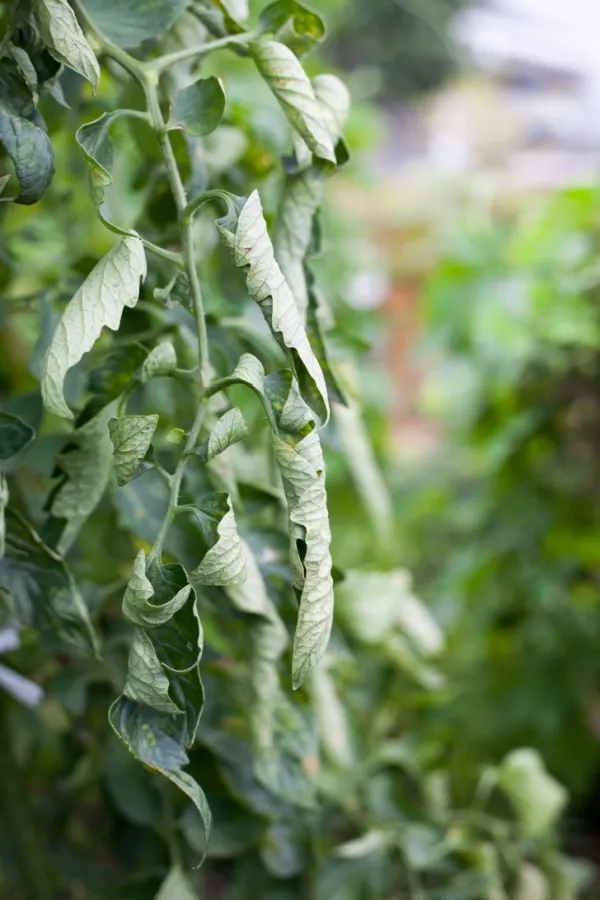
For maximum health, water plants once or twice a week and do so deeply. This helps the plant’s roots grow down deeper, which protects them from drying out easily. If you are in doubt, use an inexpensive moisture meter to check the moisture levels deep within the soil. Product Link: XLUX Soil Moisture Meter
Missing Nutrients
Just like tomato plants are heavy drinkers, they are also heavy feeders. A lack of nutrients can be a big reason why the leaves of your tomato plants might be dying in the summer months.
By the middle of summer, these fast-growing plants have likely used up all of the available nutrients within the soil. If those nutrients aren’t replaced, the leaves and the overall plant itself starts to die back.
Because of this, it is vital that you give your plants a hand by providing them with fertilizers. This can be done by using a commercial liquid fertilizer. Choose one that contains a higher ratio of both phosphorous and potassium compared to nitrogen. Use the fertilizer at about half the recommended dose, but apply it every fourteen days.
Fruit Overload – Tomato Leaves Dying In Summer
If you have indeterminate plants that are producing fruit like crazy but the plants are starting to look weak and thin, it might be due to fruit overload. This issue occurs when too many tomatoes are on the plant at one time.
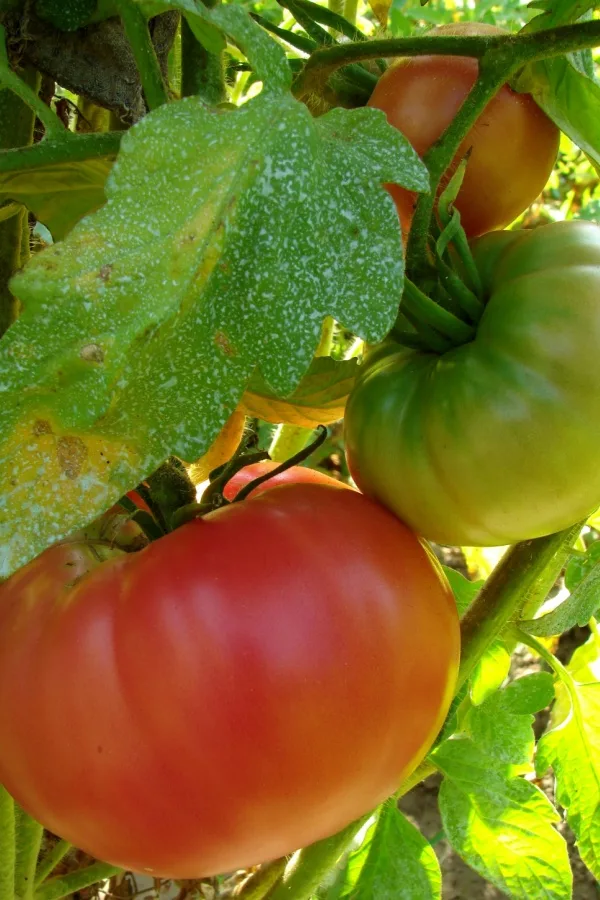
While it might seem like a great “problem” to have, it can cause plenty of adverse issues to the health and productivity of the plant. In the end, you will wind up with reduced harvests and possibly plants that reach their end long before they should be.
To avoid this, harvest your tomatoes often and early. As soon as about a third of the tomato has turned its mature color, the fruit can be harvested. The tomato will continue to ripen off the vine at this point. This allows the tomato plant to focus its resources on producing new blooms and keeping the foliage healthy.
With a little bit of trial and error this summer, you can learn exactly why the leaves on your tomato plants are dying and hopefully be able to fix the problem as soon as possible!
Follow Our Facebook Page For Even More Great Tomato Growing Tips! I Grow Tomatoes Facebook Page
I Grow Tomatoes is a website created for those who love all things about tomatoes – from planting and growing – to cooking and canning! We publish two articles every week, 52 weeks a year. Sign up today to follow via email! This article may contain affiliate links.
